So you’ve finally landed an ESL job and you’re moving to Japan— congratulations!
Securing a teaching position before you move is a big accomplishment.
Now that you’re closer to moving to Japan: what to bring?
I had a basic list given to me by my company prior to leaving the States, but I referred to online forums such as Reddit to provide me with more details and guidance as to what exactly an English teacher moving to Japan should bring.
Now that I’ve come out the other end, I’ve put together this packing guide for what to bring when moving to Japan as an English teacher for any soon-to-be ALTs or eikaiwa teachers.
Teaching English in Japan, whether as an ALT or eikaiwa teacher, is a great way to work and travel and explore Asia for more than a few weeks at a time.
It’s the single job that has led me to huge travel opportunities, both paid and unpaid, and eventually to all seven continents.
Related: 7 Continents & 7 Seas: How I Got Paid to Travel the World
While moving abroad to Japan can be challenging, if you come prepared and willing to learn, I guarantee that it will be a worthwhile experience.
That being said, here’s everything you should bring for a successful move to Japan as an English teacher.
Disclosure: This post contains affiliate links. I only recommend products I’ve used or a similar version. If you make a purchase through one of these links, as an Amazon Associate I may earn a small commission at no additional cost to you.
Money
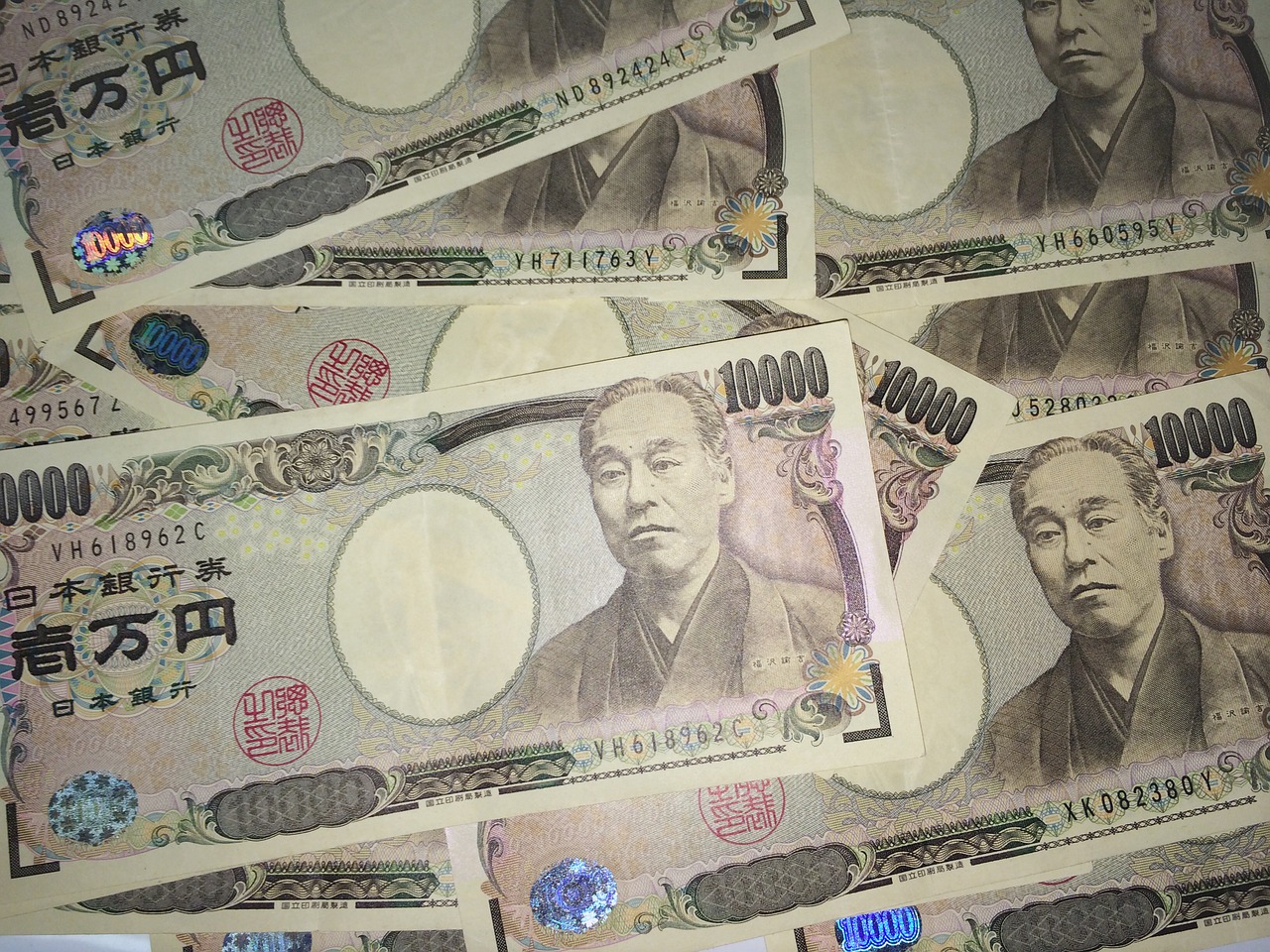
Japan is largely still a cash-based society.
While times are of course changing and you can use debit or credit cards in some places, don’t rely on it.
When you first arrive in Japan, you’ll most likely be living off the money you bring until at least the second month or so when you finally receive your first full paycheck.
This of course will depend on your school or company.
When I worked with AEON, we got a ¥22,000 “living and set-up” stipend during our first week, but my first full paycheck was not for over a month.
As such, it was recommended that we bring ¥120,000 with us, with at least ¥50,000 of that in cash.
Depending on your lifestyle, ¥120,000 in my opinion may not be enough.
If you budget well as I did and balance the exciting temptation to go out exploring every weekend with simple home-cooked meals throughout the week, this amount may be fine.
However, in my experience, many new teachers (in cities especially) go all out their first few weeks abroad and quickly run out of cash before their first paycheck ever arrives.
TIP: If you don’t plan to live on a conservative budget your first couple of months in Japan, bring at least ¥200,000-¥300,000 with at least half or most of it in cash.
Important Documents
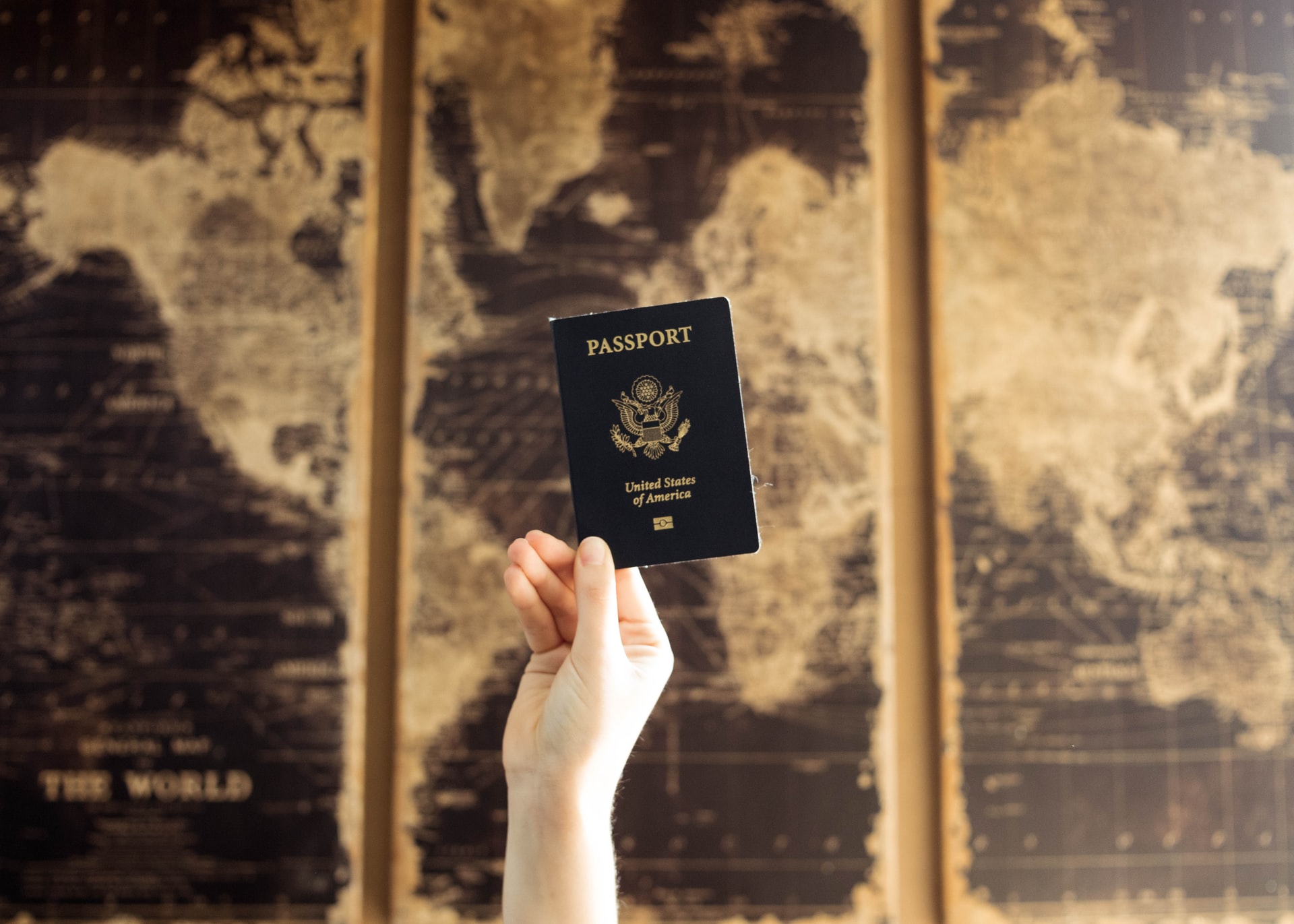
If you’re currently in the process of packing, about to pack, or just finished packing, stop what you’re doing and check if you have these items in your personal carry-on:
- Passport
- Certificate of Eligibility (COE) or other visa documents
- Flight information
- Details of who you’re supposed to meet at the airport after landing (if applicable)
- Emergency contact information
Luggage

The most convenient luggage to use when moving to Japan is a lightweight suitcase with wheels.
You can expect to navigate through a fair amount of pedestrian sidewalks, escalators, trains, subways, and streets en route from the airport to your apartment.
Multiple duffel bags or large backpacks will only make this more difficult.
While everyone has their own preference as to how much to bring for at least a year of teaching abroad, I packed one large suitcase, one carry-on sized suitcase, and a standard backpack.
Keep in mind though that as a 5’2”, relatively slim Asian American woman, I did not have to worry about finding clothing in my size in Japan (more on that next).
For those who are larger than the typical Japanese man or woman, you may need to pack more clothing as buying items in your size might be difficult to find in Japan.
Work Clothes

Perhaps the most important packing checklist for English teachers moving to Japan: work clothes and dress codes for ALTs and eikaiwa teachers.
Your company probably has given you a basic guide for what type of clothing you’re expected to wear and hopefully a recommended amount as well.
Your list should look something like this:
Men
- 3-5 Suits
- 3-5 Ties
- 3-5 Shirts: Both long and short-sleeved (for summer)
- 5-7 Pairs of socks
- 1-2 Pairs of shoes
Women
- 3-5 Button-down shirts and/or blouses: High necklines, all with sleeves
- 3-5 Bottoms: A mix of slacks and knee-length skirts
- 5-7 Pairs of pantyhose (more if you’re tall or a larger size)
- 1-2 Pairs of closed-toe shoes: Heels under 2 inches
TIP: You’ll be on your feet for most of the day, so you may want to bring a good set of shoe insoles for your comfort.
How Much Work Clothing To Bring
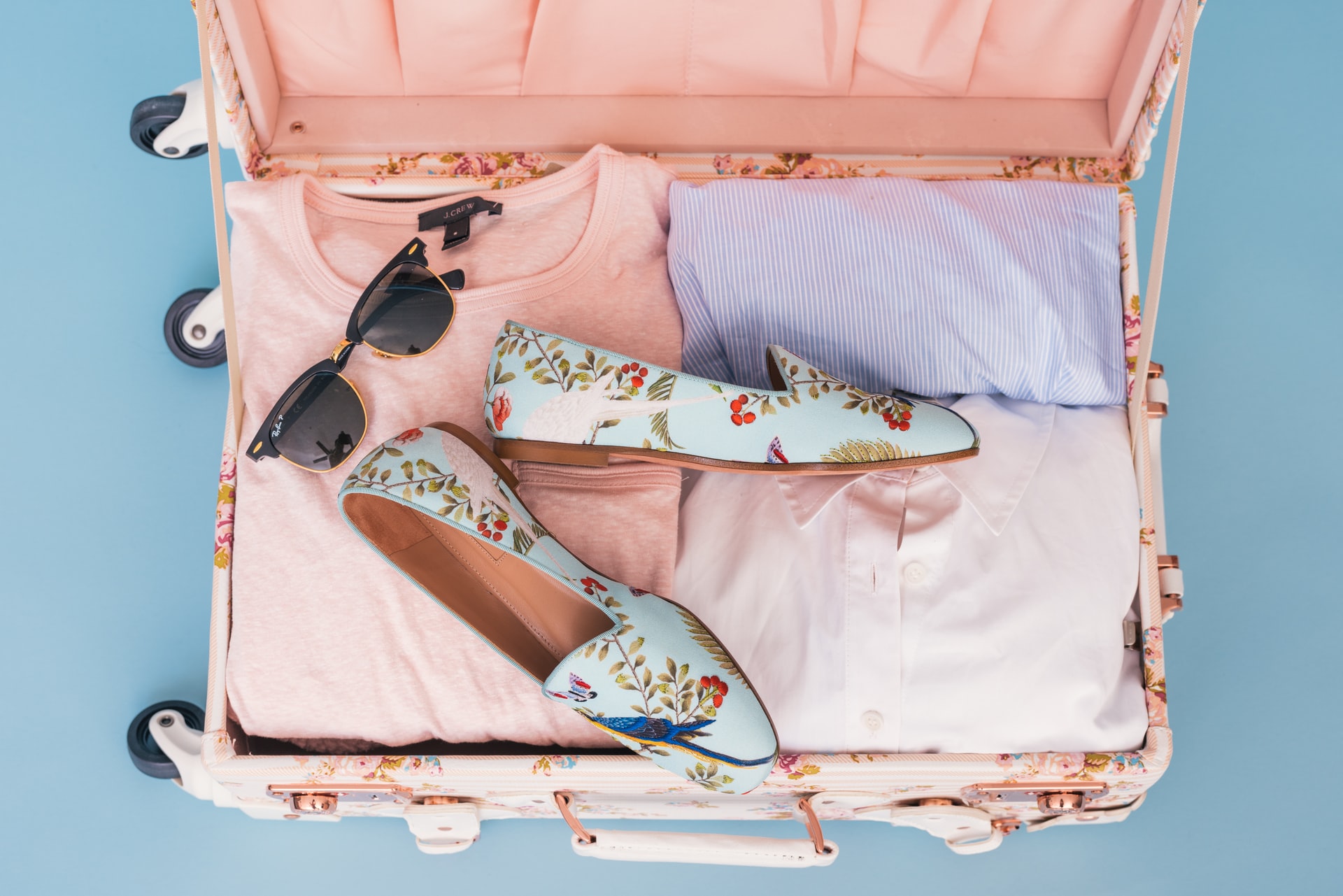
As I mentioned earlier, clothing and shoe sizes in Japan are much smaller than western sizes, and larger sizes may be limited and hard to find.
For reference, normally I’m an extra small or small in America; but in Japan, I wore clothing in medium and even sometimes in large.
That being said, use your best judgment as to the quantity of clothing and pairs of shoes you need to bring.
Generally speaking, two pairs of work shoes and three to five sets of suits/shirts/ties for men and blazers/blouses/skirts or slacks for women will suffice.
However, if you’re worried you won’t find your size in Japan, you may want to pack a little extra.
TIP: If you’re placed in one of the larger cities, there are western stores where you may be able to find apparel in your size. These stores include H&M, Old Navy, Zara, and Forever 21.
Acceptable Colors and Patterns
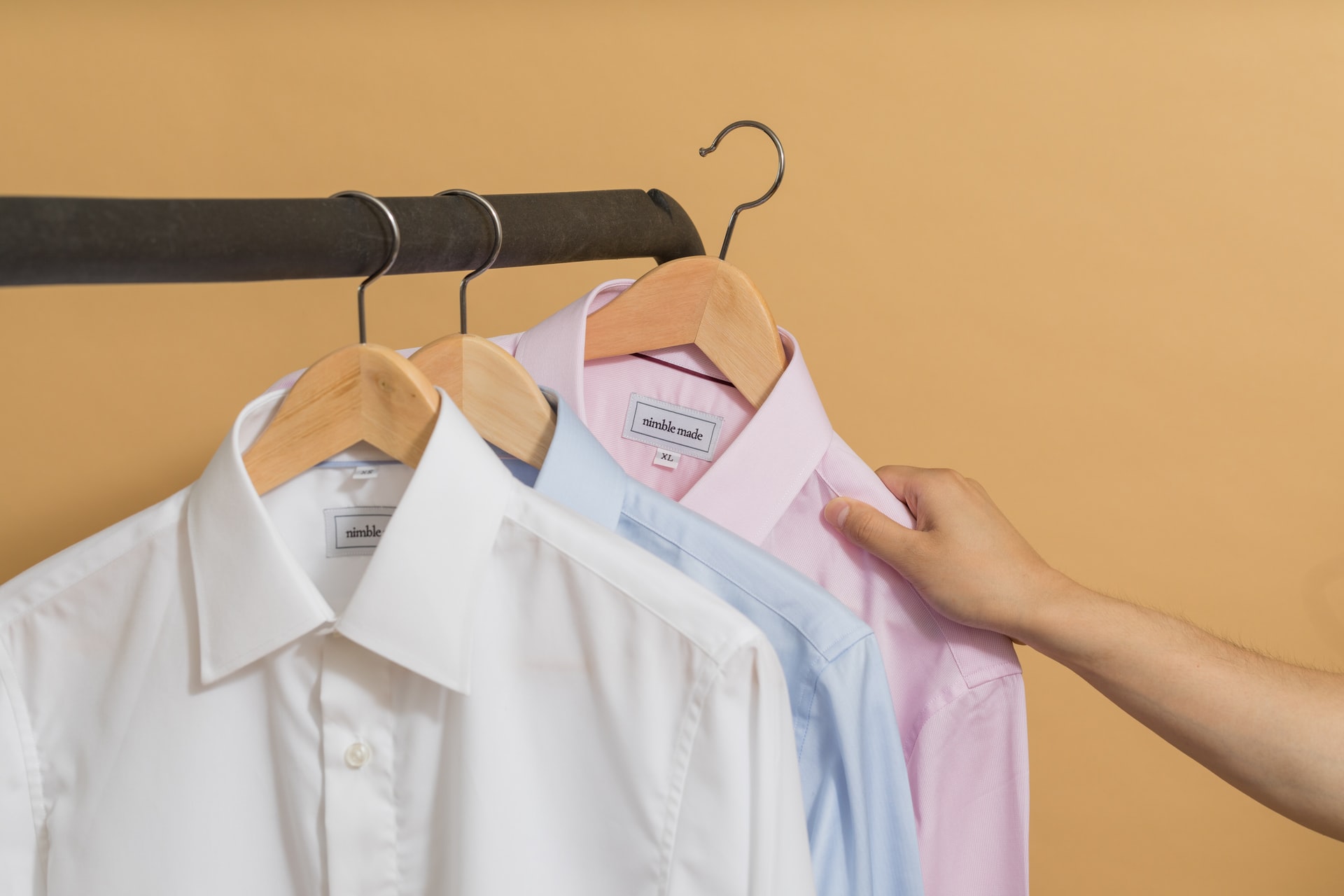
Each school has their own policies, so be sure to refer to their dress code.
When I worked for AEON, the only no-no was a solid black suit, for both men and women.
Otherwise, conservative colors such as dark blue or gray suits were pretty common for men with simple patterned ties. Shirts were in what I would call “boring but safe” color territory (think muted blues and purples and the standard white shirt), so no Dwight Schrute-esque variants of yellow.
For women, the combinations were a little more creative. I brought several tops with me in a variety of colors and styles (teal, navy, gold, wine, and white with black polka dots); 3 blazers (beige, white, and navy), one black skirt, and two pairs of slacks (gray and black).
It’s worth noting that how strict branches and schools are vary based on the local management. I was lucky enough to be placed in a more relaxed branch where I was allowed to wear blouses without a collar, flats, and a cardigan instead of a blazer.
It was standard among the other female staff to keep a pair of heels and a blazer in the office which we would pop on if we had an important meeting, interview with prospective students, or visitors from the corporate office.
That said, it’s better to err on the safe side; but I’d recommend bringing a few less corporate Japanese business-attire yet still professional outfit options that you might be more comfortable wearing in the event that you’re allowed to wear them.
Just make sure that you can make use of some of these items in your everyday wardrobe as well in case you can’t wear them to work to save you from packing completely unwearable items!
Everyday Clothes

Most of Japan experiences four seasons a year to varying degrees, which means you’ll need to bring a full range of clothing to last you the year.
While you might have a general idea of what Tokyo is like in the winter, the weather will definitely be different if you get placed in Hokkaido.
TIP: Do some quick research on the area you’ll be living in to see what weather you can expect and how you should pack.
Winter Coat

If you’ll be living in an area that requires a winter coat, you have two options:
- Save luggage space now and purchase a coat after arriving in Japan. The downside: it could be more expensive abroad and depending on when you move, you might need to buy one with your first or second paycheck.
- Bring one from home that you might already own, which saves you money. The downside: It might take up precious luggage space.
TIP: If you decide to pack one, get a vacuum sealing storage bag to shrink the amount of space your jacket takes up in your luggage.
Shoes
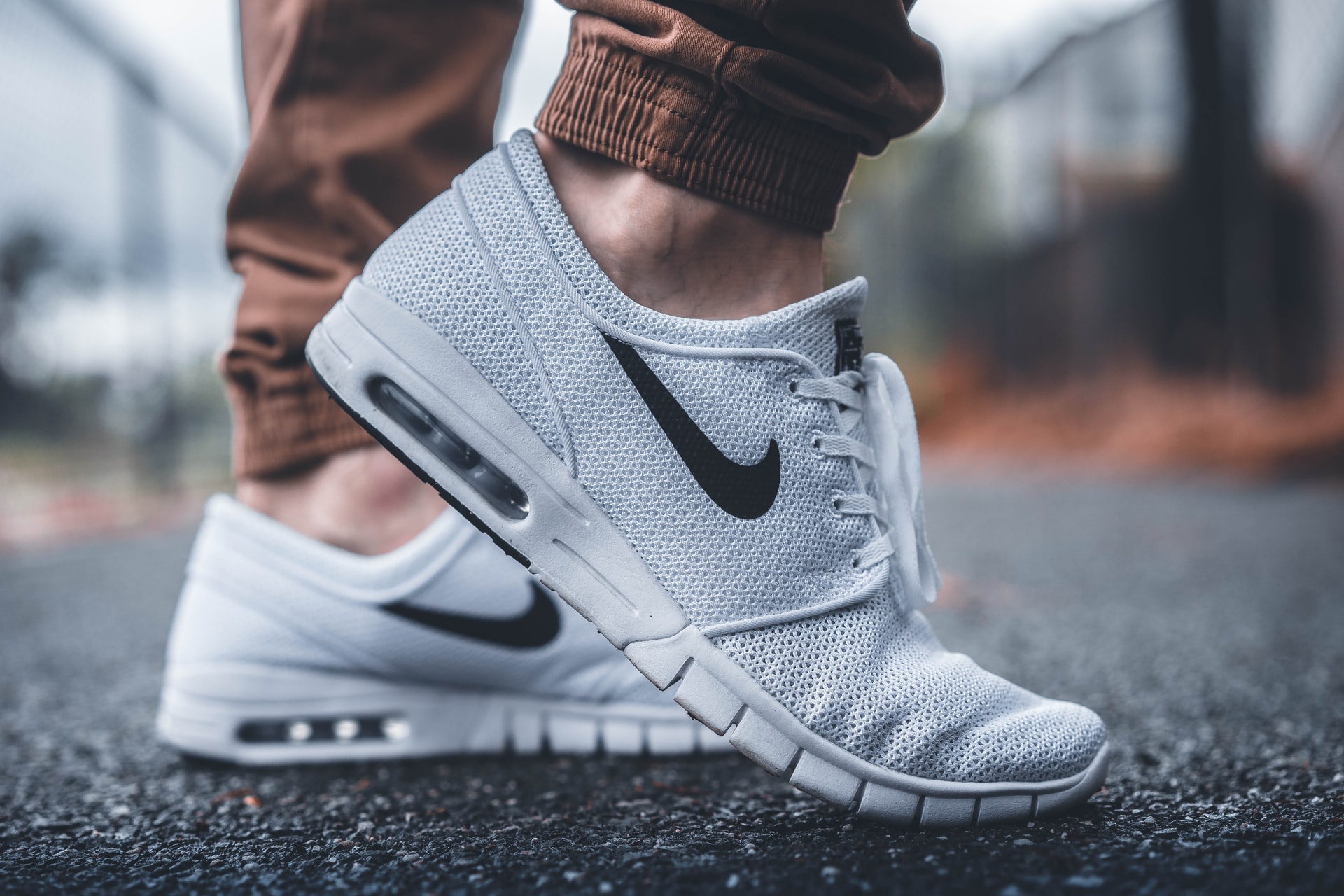
You’ll definitely want to pack at least one pair of shoes that are easy to slip on and off as taking shoes off prior to entering certain locations is customary.
And as previously noted, bring a few extra pairs if you wear a larger shoe size as you may have difficulties finding replacements that fit you in Japan.
Bras and Underwear
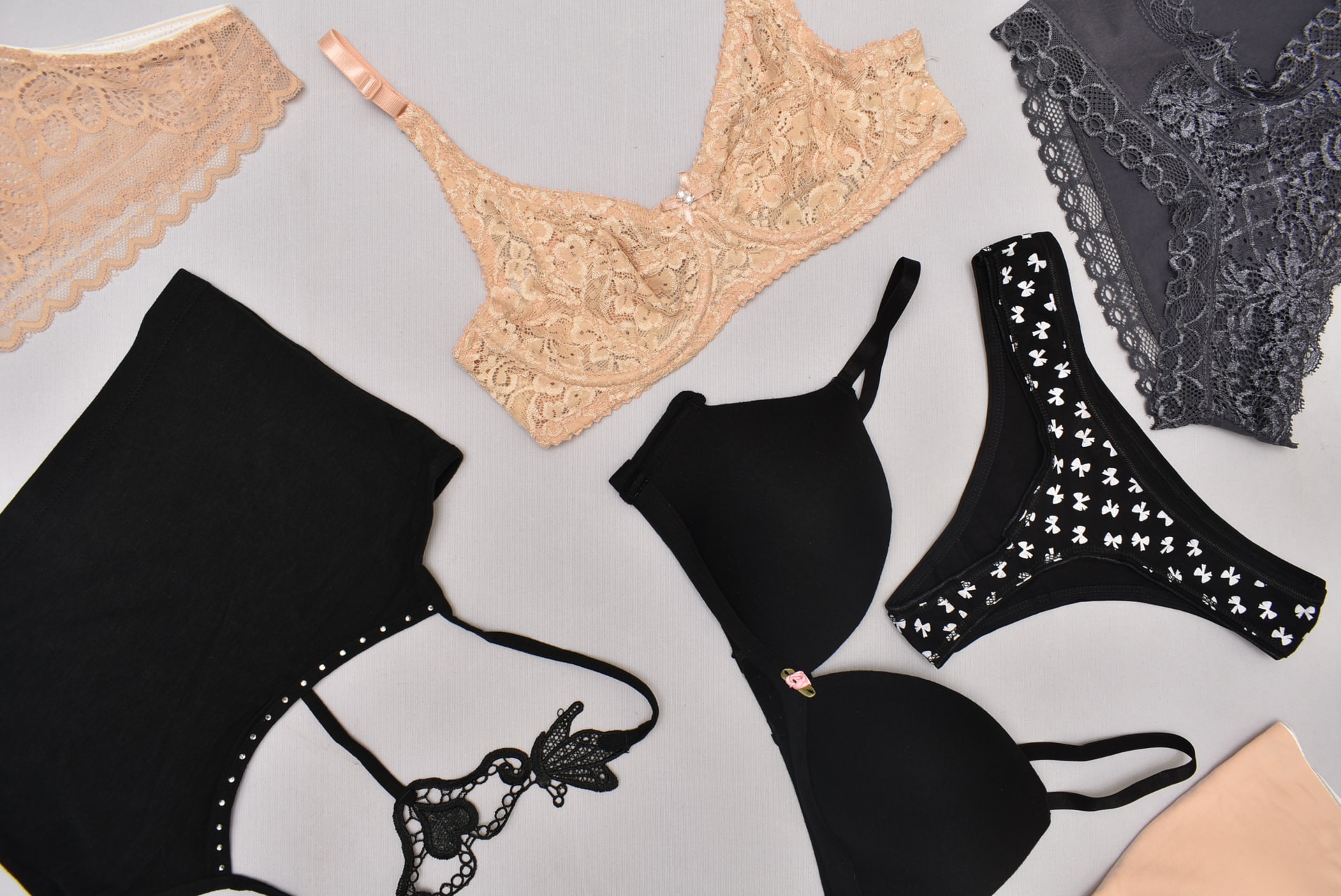
Again, sizes in Japan run small.
Consider bringing more bras and underwear than you think you might need, especially if your bra size is larger than a C and clothing size large or bigger.
I’ll also add that even if you do fit Japanese sizes, the styles may be limited or not up to your preference.
Personally, I’m not a fan of Japanese undergarments as underwear styles tend to be super frilly (not that there’s anything wrong with panty lines, but it’s just not for me) and bras super padded.
Luckily, my city (Nagoya) had an Aerie, which is where I purchased all my underwear when I needed more.
Electronics
Laptop

I don’t know any expat who brought a desktop for obvious reasons, but a laptop is pretty much a must bring these days.
If you don’t already have one and are considering buying one in Japan, just note that the keyboard will be different and made for typing in Japanese.
Unlocked Smartphone

When I moved to Japan in 2013, I had to buy a new phone as my American iPhone was locked and I was unable to use it in Japan.
Times have since changed (thankfully) and unlocked phones are much easier to come by, but just double-check that yours can be used abroad if you don’t want to spend your first few paychecks paying off a brand new phone.
International Adapter

Japan uses Type A electrical sockets (two parallel rectangular pins) and runs at 110V with a frequency of 50Hz in the Kanto area and 60Hz in the Kansai area.
Most electronics such as laptops, smartphones, power banks, and digital cameras do not require any type of voltage converter, although you may need an adapter.
Certain appliances such as a hairdryer or curling iron, on the other hand, may require both a converter and adapter.
It’s a good idea to bring an adapter with you so that you can charge your devices as soon as you arrive, but there are plenty of places to purchase one in Japan if you can’t get around to it before you leave.
Medication
Over the Counter Medication

The strength of typical pain relievers in Japan is much weaker than the ones you might be used to.
If you regularly use over the counter pain medication and this is a concern of yours, bring a decent supply of your own preferred medication.
Prescription Medication

If you are taking any prescription medication, bring enough to last you if it’s allowed.
Also, double-check that any medication you’re bringing into the country is in fact legal as restricted substances vary from country to country.
It’s also a good idea to bring your prescription with you in case you need it filled while in Japan, but just know that it may be more complicated than getting it done back home as you may need to find someone who can translate for you in addition to scheduling a doctor’s appointment.
Toiletries and Personal Items
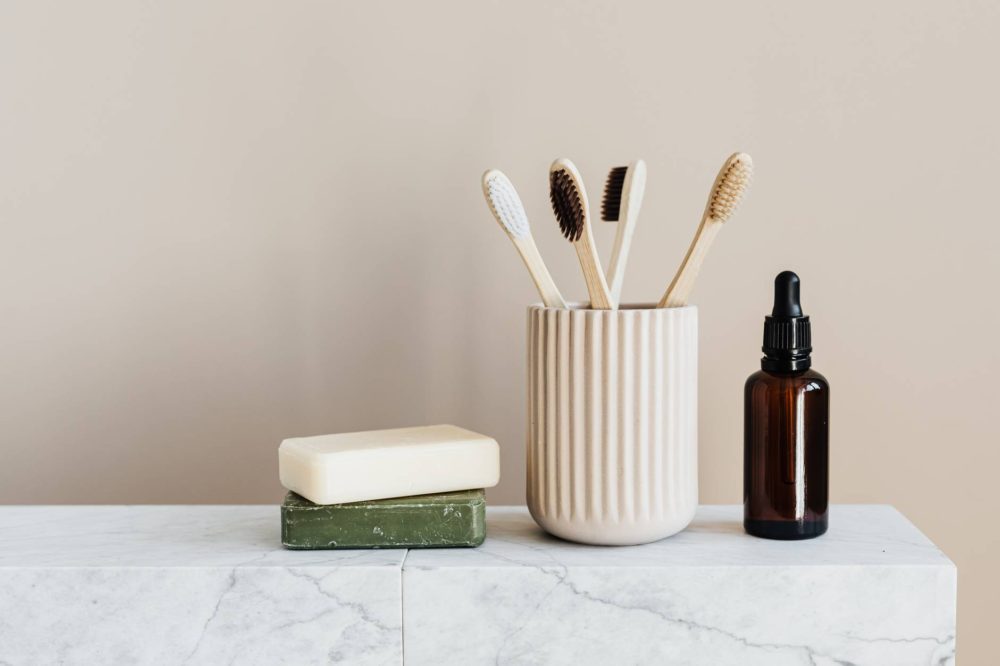
In general, you’ll be able to find nearly everything you could ever want or need in Japan. While this might vary if you live in a rural or urban area, convenience stores or pharmacies will have the basic necessities.
However, there are a few items that I’d recommend you bring from home.
Deodorant

Japanese antiperspirants are notoriously weak compared to western deodorants.
Finding western brands can also be difficult, even in the largest of cities.
It’s best to bring an entire year’s supply of your favorite deodorant if you can.
Contacts and Glasses

Make sure to pack a year’s supply of contacts and a backup pair of glasses.
It’s not impossible to get more contacts if you run out, but just like getting a prescription filled, the task may require the help of a friend if you need a translator.
I’ve read comments on other forums stating that you need to pack a year’s supply of contact solution, but I never had any problems finding it in Japan.
But then again, I was fine with any old solution.
As with all things, if you have a preferred brand, it’s best to bring several bottles with you and maybe plan on having a family member or friend mail you more after a few months.
As for glasses, you’ll have to (again) keep in mind that styles, sizes, and designs are catered for an Asian demographic, so it may be difficult to find a pair of glasses frames that fit you comfortably and in a style you like should you need replacements.
Hair Care Products and Tools
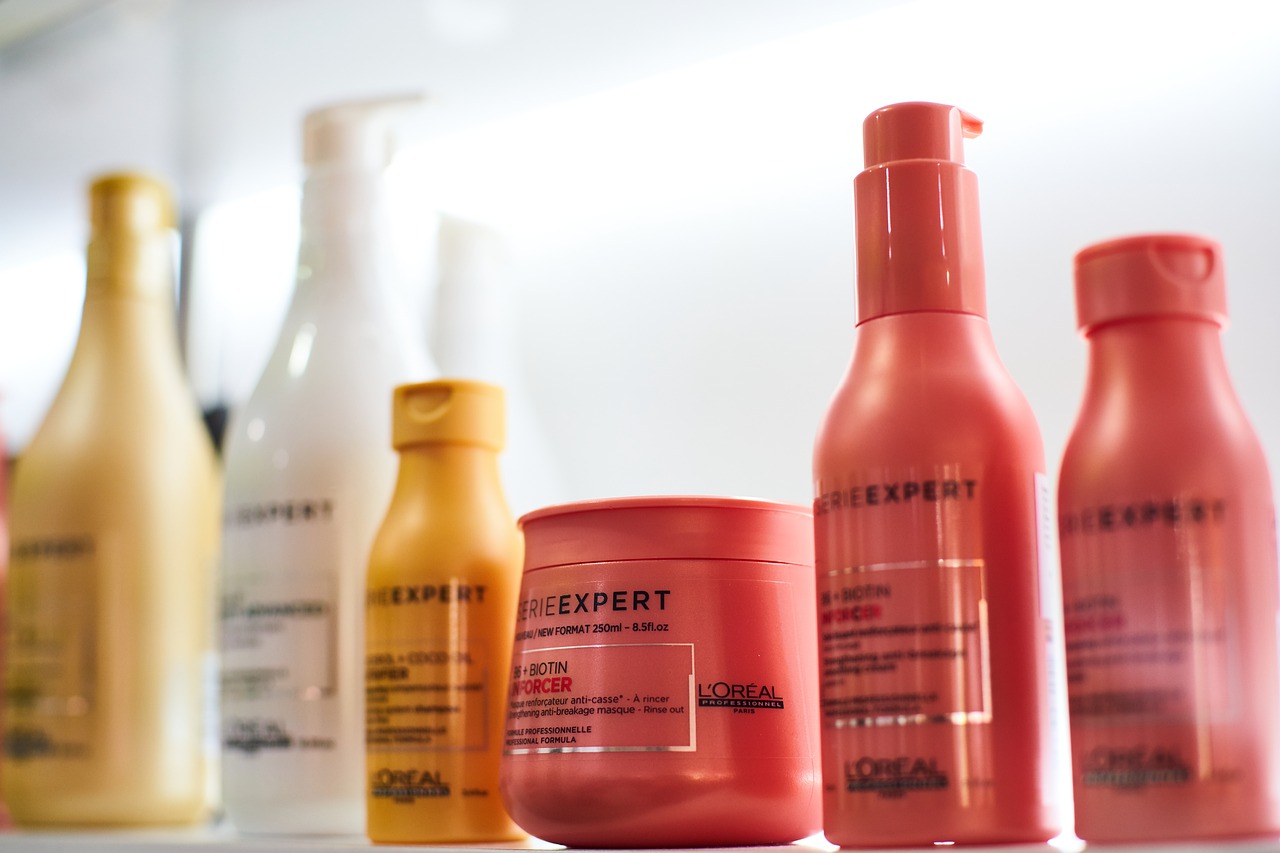
There’s not a whole lot of variety when it comes to shampoos and conditioners if you have natural hair, curly hair, or anything other than typical Asian hair.
Remember that you’ll always need to look presentable at work, so if your hair care products play a large role in appearing professional, it’s best to sacrifice the luggage space and weight and bring a couple of bottles.
That being said, I’d also recommend bringing a small hairdryer that packs easily and/or a hair straighter or curler, depending on your needs.
You will need to look your best starting on Day One, and you might not have enough time to go shopping for these items before you begin working.
Makeup and Skincare Products
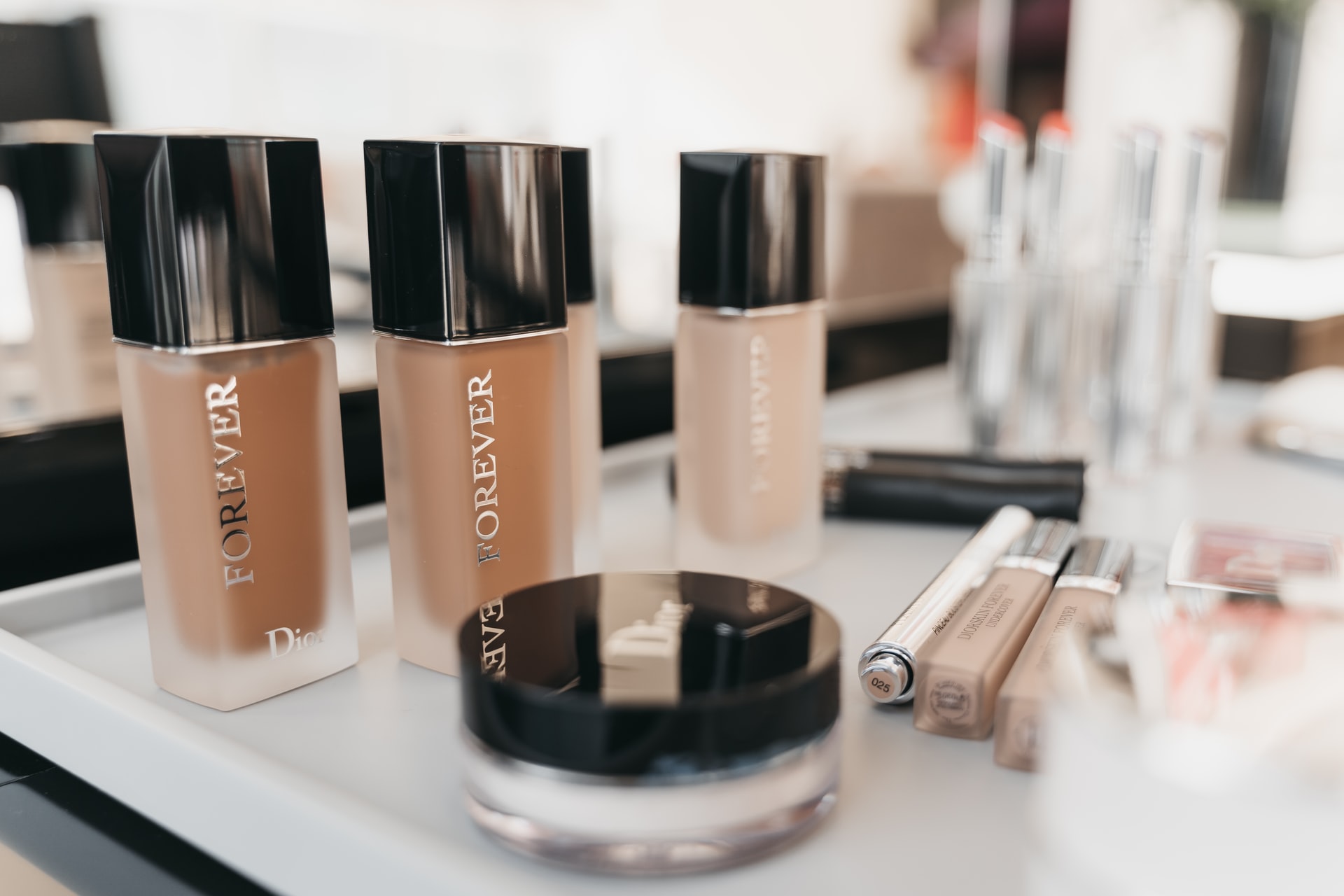
Makeup should be neutral for work, but it’s important to remember that foundation and concealer shades will be very limited to the shades of Casper the Ghost to Slightly Beige.
If you’ve got the slightest tan, it might be hard to find the right product color match. So, again, bring enough to last you.
Japan and Asia, in general, are obsessed with light skin, so be warned that many skincare products such as moisturizers and creams will have lightening ingredients.
While it won’t be impossible to find products without these whitening agents, it may be more expensive and harder to find.
Feminine Hygiene Products
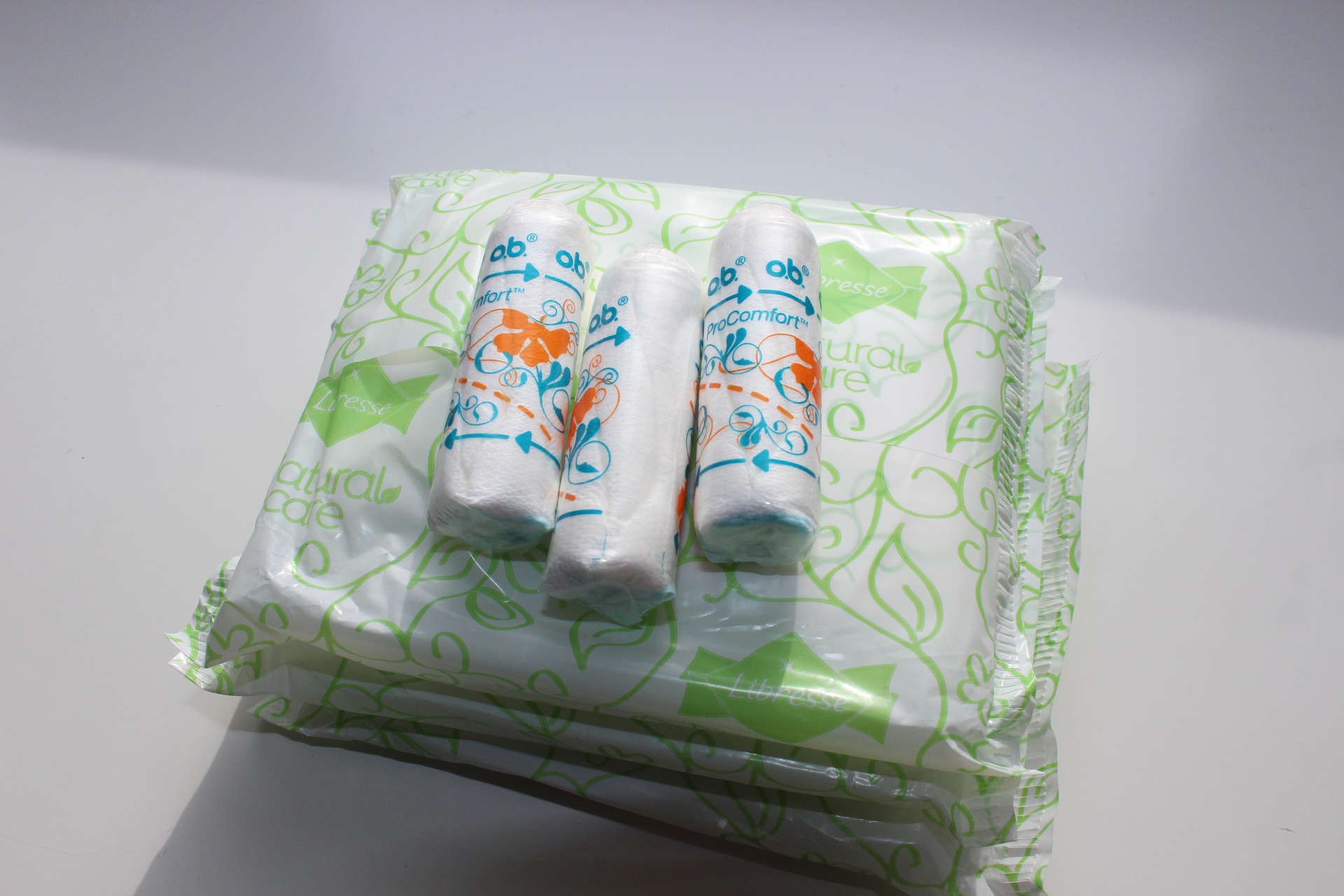
If you live in a smaller town, you might have difficulty finding a variety of products, but they will have some things.
I lived in Nagoya, a larger area, and never had any trouble finding different absorbencies of tampons or pads.
Yet even there, I think there was only one or two tampon brands as pads are more common.
Again, if you’re picky and you have a preference when it comes to your menstrual products, pack accordingly.
Might I also suggest investing in either a period cup or period panties to avoid running into this dilemma altogether?
After working on my first cruise ship and realizing I was going through tampons at an alarming rate (which ended up costing me way more than I had budgeted for), I made the switch to the Diva Cup and have never looked back.
Not only has it saved me hundreds of dollars already, but it’s great for the environment and travel-friendly as I no longer have to pack dozens of tampons. (The only way I was able to survive four months in Antarctica)
There are a ton of different options when it comes to menstrual cups and underwear, and all at different price points to fit every budget. You can check them out here:
Comfort Items
When you’re away from home for up to a year or more, small things and flavors that remind you of home are essential, for both your sanity and comfort.
While everyone’s list will of course be different, here are a few things I recommend from my experience working and living in Japan.
Peanut Butter, Nutella, and Other Spreads

You know that saying, “You don’t know what you have until it’s gone”?
For me, that was peanut butter in Japan.
It’s just not a thing there, and when you are able to find it in an international grocery store, it will be expensive.
Like, close to or at least ¥1000 for a small jar.
Definitely bring your own supply of your favorite spreads, whether it’s peanut butter, Nutella, Vegemite, or what have you.
Coffees and Teas

You can find plenty of amazing coffee and tea options in Japan, but if you do have a preference or one that has the ability to instantly make your week or life exponentially better, I highly recommend you bring some with you.
Printed Photos
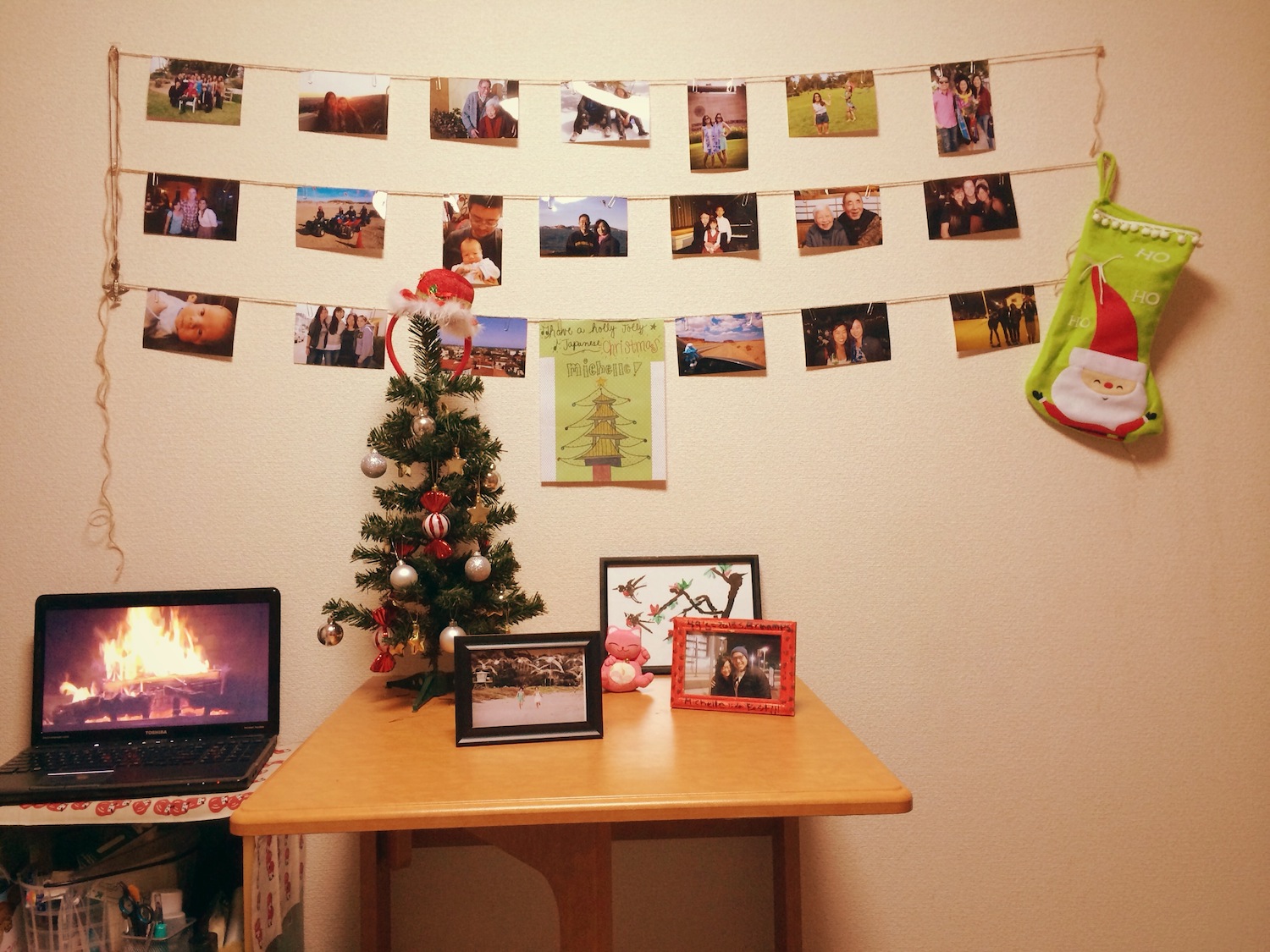
Combined with the fact that you’re away from your friends and family for a long time and living in a foreign land, your apartment should be your oasis, however small it might be.
Putting up photos and making your place a little homier can make a world of a difference for your mental health and stress— trust me.
I brought along a few dozen printed photos and hung them up using some string and paper clips.
But fret not if you don’t have time to print out photos: many electronic stores in Japan have printing kiosks where you can print pictures directly from your phone for an affordable price.
Miscellaneous Items
Gift (Omiyage) For Your Staff

It’s customary in Japan to bring a little gift or souvenir to your staff whenever you come back from a trip, or in this case when you first arrive.
It leaves a good impression with your team and gets you started on the right foot.
While companies like AEON will explicitly recommend that you bring a small gift of treats, doing so unprompted will demonstrate that you’ve done your research.
A small box of cookies or sweets that is unique to your hometown or country in general will be fine.
Do note that it doesn’t have to be anything big, but it should travel well and be presented nicely.
So nothing that might melt, be crushed, and please for your own sake, don’t bring it in a grocery store plastic bag.
Remember, Japan is all about appearances, and if you haven’t already learned the extent of this, by the end of your teaching year you will understand.
While you may be tempted to wrap your gift nicely at home and pack it in your luggage, there’s a good chance that it may get wrinkled or torn in transit.
TIP: Buy treats that come in a sturdy gift box, or find a simple metal tin at the Dollar Store to move the sweets into, and pack a nice gift bag to put your box in when you present it to your staff.
Work Bag or Purse

As mentioned a million times already, for better or worse, appearances really matter in Japan.
For your own reputation and the best first impression with your staff and students, make sure you have a proper bag to bring your things to and from work with.
Mini Steamer

A large part of looking professional is of course wrinkle-free clothing.
Bringing a small travel steamer ensures that you look put together starting from your first day no matter how wrinkled your clothing got in your luggage.
Similar to most other things on this list, you can obviously buy an iron or steamer once you get to Japan, but you may not have the time to do so until after you’ve started working already.
If your clothing ends up with wrinkles before then, you may be putting yourself at risk for some judgmental looks of disapproval.
Travel Pillow

Chances are you’ll be traveling quite a long distance to reach Japan. Do yourself a favor and get a memory foam travel pillow.
I have this travel pillow that packs nicely into a neat little ball and can be adjusted for tight support around my small neck much better than the average pea-shaped donut travel pillow.
It’s done wonders for my long haul flights to New Zealand and even Antarctica.
I’ve also used it around my lower back as the positioning of airplane seats give me back pain and terrible bloating.
With this little cloud of happiness wedged between the small of my back and the seat, I’m one content and stress-free traveler.
As someone who’s traveled for the last seven years, it’s one of the travel accessories I will always recommend and one I never go anywhere without.
Tattoo Coverups

You’ll have to check with your school or company’s dress code policy, but typically speaking, tattoos are not welcomed in the Japanese workplace.
Hopefully, if you have tattoos, you have them in areas of the body that aren’t visible in your work attire.
But if you do have them in places that require covering up, consider bringing with you some special coverup creams.
Keep in mind that if your tattoos are on your arms or legs for women, that in the summer when it gets hot, you may not want to wear long-sleeved shirts or slacks instead of skirts just to hide your tattoos.
Either bandaids or tattoo coverup products may be more useful when it gets warm.
—
I hope this packing list was helpful as you move to Japan and begin a new career as an English teacher.
Wishing you a wonderful adventure and ganbatte!
Pin and Save This Packing Guide For Moving to Japan

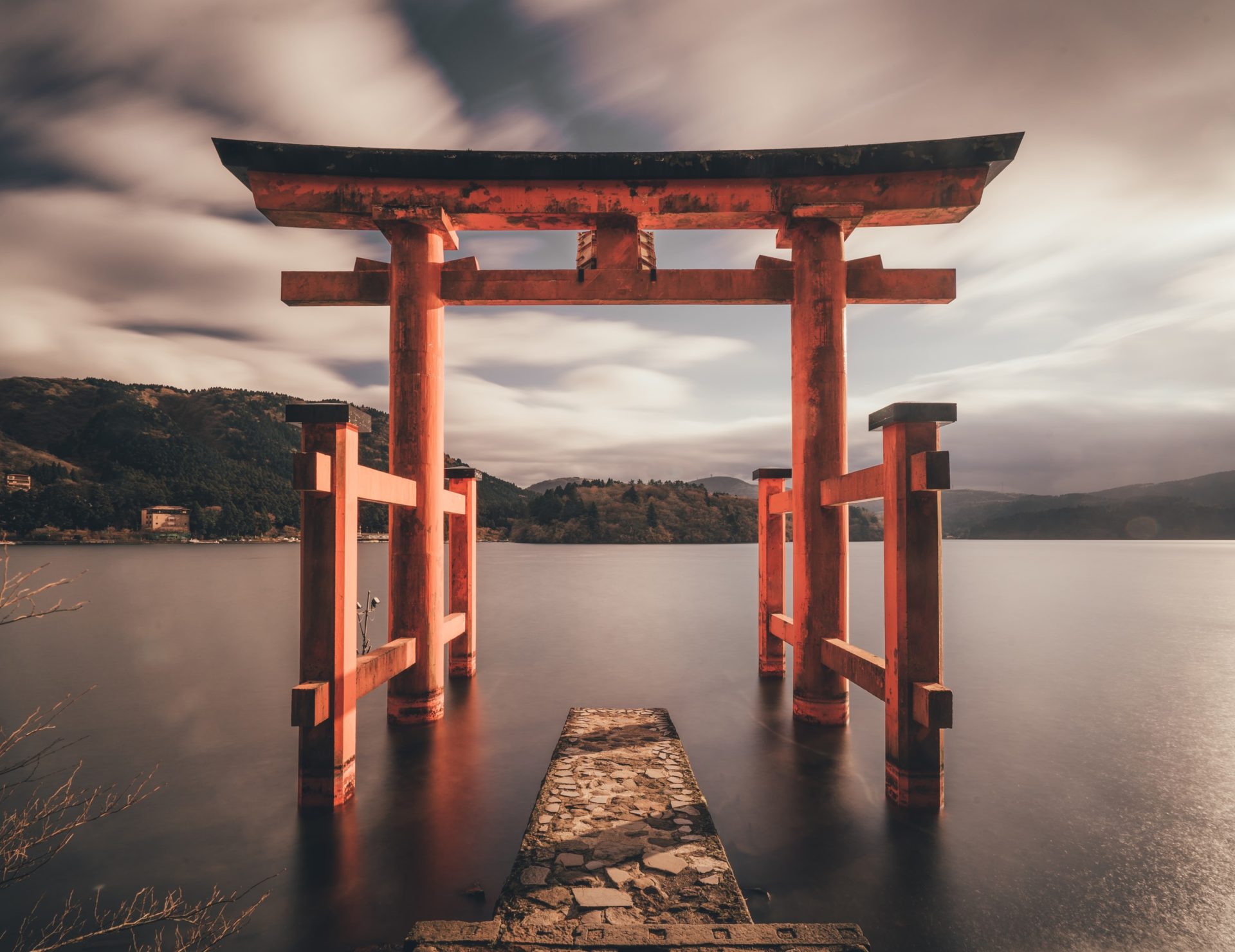
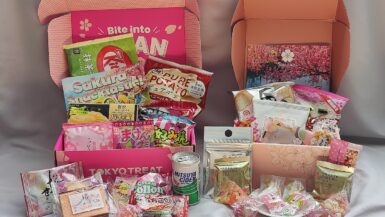
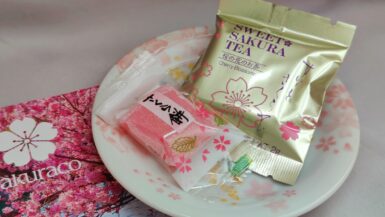
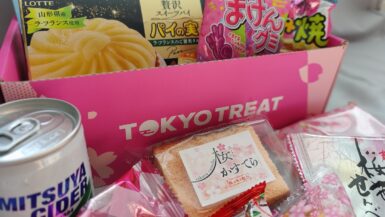

Thank you for your blog info. I was thinking about being an English teacher in Japan in a few years. You got you helped with a lot of information that was very helpful. I do have a question I want to work for the same company you do. Is it worth working for them even though they help you with everything there like housing and transportation and all that. Because if it is I’ll like to work for them one day. Thanks for the info give me a lot of insight
Hi Kristy, it’s been several years since I worked for AEON so I’m sure some things have changed, but I would say it was worth it for me and my personal goals. You can read my post about working for AEON and see if it’s a good fit for you. Good luck!